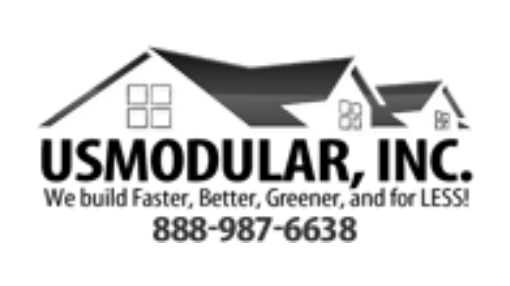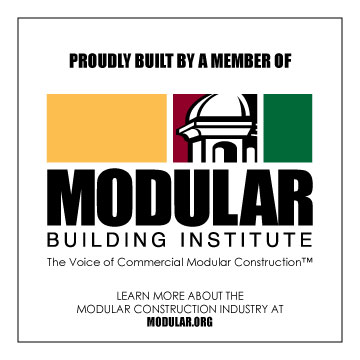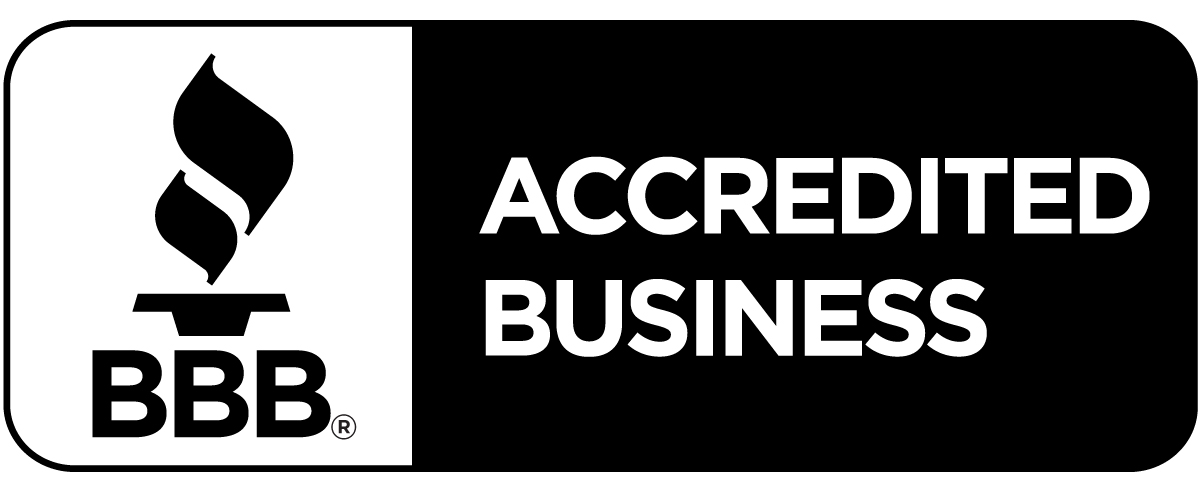McGraw-Hill Construction Smart Market Report, Prefabrication and Modularization: Increasing Productivity in the Construction Industry, shows how prefabrication and modularization is yielding real business benefits for users. Commonly used prefabricated and modular building elements include mechanical, electrical and plumbing systems, exterior walls, building superstructures, roofing, floors and interior room modules. Out of over 800 architecture, engineering and contracting (AEC) professionals surveyed, 66% report improved project schedules, 65% report decreased project costs, and 77% report reduced construction site waste— a key component in the rising adoption of green building.
Prefabrication and modular construction processes have been used for years, but today, with the emergence of new technologies and construction practices, we have the ability to utilize these strategies to create innovative and quality buildings, while also improving construction productivity,” said Harvey Bernstein, Vice President of Industry Insights and Alliances at McGraw-Hill Construction. “These reported productivity benefits of prefabrication and modularization are particularly exciting in today’s economy given the benefits of creating superior buildings while saving cost, time and waste.”
Increased adoption of Building Information Modeling, or “BIM,” is also fueling the reemergence of prefabrication and modularization as a critical new trend. Together, BIM and prefabrication/modular construction improve worksite productivity and overall project ROI.
In addition to sections on green building and BIM, the Prefabrication and Modularization report provides data and analysis on the impact of this trend on key industry productivity metrics, such as project schedules, costs, safety, quality, and eliminating waste. Significant findings include:
- Main drivers for prefab/modular used to improve productivity, attain a competitive advantage, and generate greater ROI.
- Productivity improvements include decreased project schedules (66% report a positive impact— 35% say it’s by four weeks or more), decreased costs (65% report positive impact— 41% say budgets decreased by 6% or more), and decreased construction site waste (77% report a positive impact— 44% say waste was decreased by 5% or more).
- Architects cite owner resistance as the primary reason for not incorporating prefabrication/modularization into their projects; while engineer and contractor respondents said they don’t use it because it’s not in the architects’ designs.
- As of 2013, nearly all AEC professionals (98%) expect to be doing some prefabrication and modularization on some projects.
For more information, visit Prefabrication and Modularization Increase Productivity.



